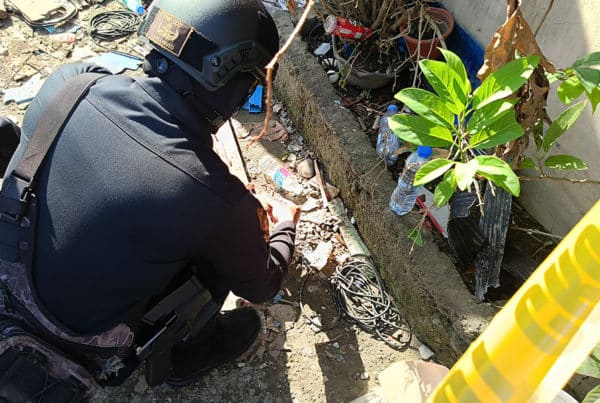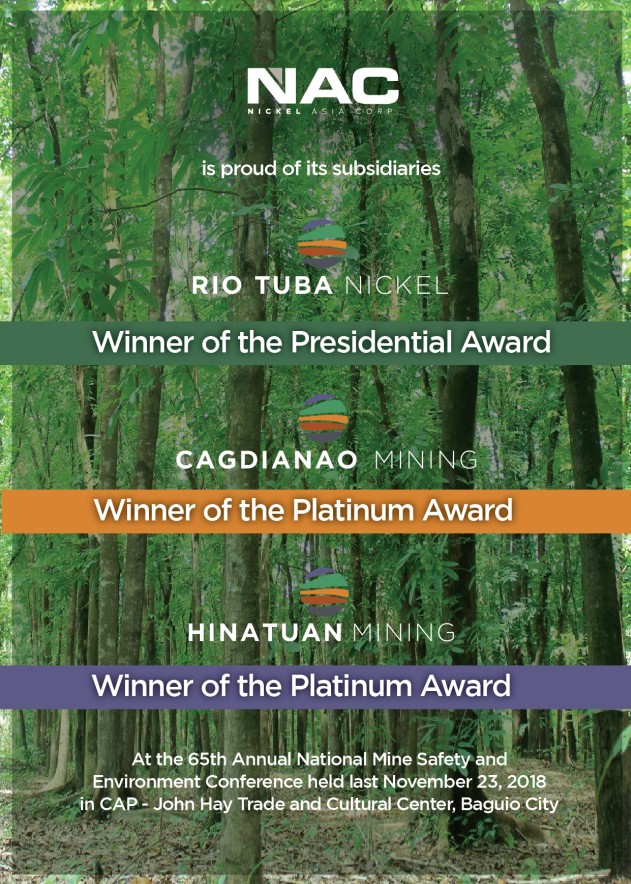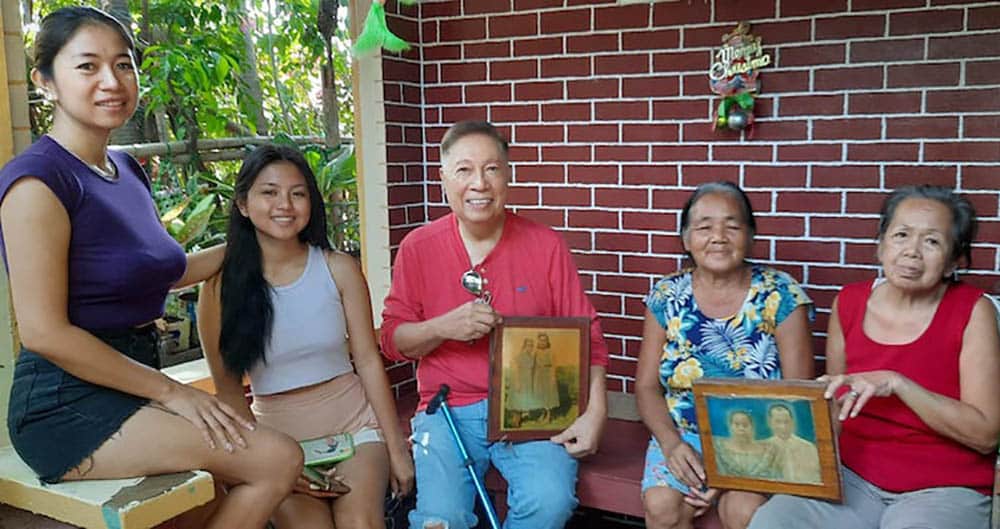
The Fantasy Island of Pugaro

(Second of 2 parts)
By Rex Catubig
LORETA, now 74, recalls that one day, the Americans came knocking at her grandparents, Bae Placida Viray and Laki Bonifacio Cruz’s house looking for lodging. They rented the house. But finding its thatched roof too hot for comfort, they had it replaced with “tolda” or canvas.
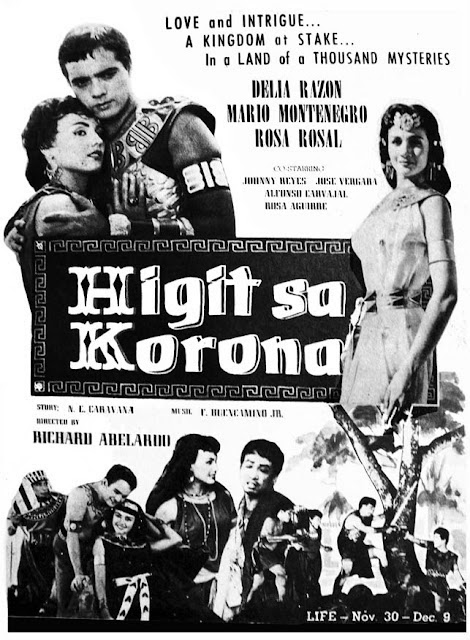
The following summer, the Filipino movie company that co-produced the American film came back and again stayed at Bae Placida’s house. The female stars occupied one of its three rooms, while the male stars stayed in a nearby house owned by Juan and Angelita Narag.
As there were no beds, the stars slept on the floor laid out with cotton blanket or “ikamen” (buri mat).
In the American film, the coconut countryside was the movie backdrop. But the desert-like sand dunes provided the setting for LVN Pictures’ epic romance HIGIT SA KORONA—a classic tale by Nemesio Caravana of “love and intrigue… in a land of thousand mysteries”. Directed by Richard Abelardo, the film featured some of the era’s biggest stars, Delia Razon, Mario Montenegro, and Rosa Rosal—whose incandescence illuminated the barrio that had no electricity.
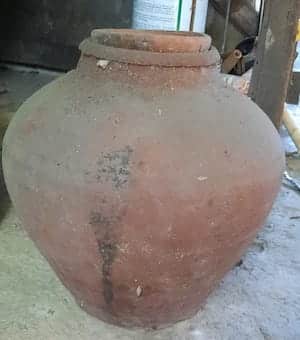 Loreta remembers that Laki Bonifacio built an outhouse for Delia Razon where she bathed by scooping water from the “pasig” or earthen jar.
Loreta remembers that Laki Bonifacio built an outhouse for Delia Razon where she bathed by scooping water from the “pasig” or earthen jar.
In contrast to the Americans, the Filipino moviemakers had their meals prepared by their host family. The stars were not fussy and ate mostly chicken, and all kinds of fish which were plentiful. And being real troopers, they had no qualms eating by squatting on a “dulang”.
When the film crew built a movie palace set on the sand dunes, labor was “bayanihan” style, according to Loreta, meaning largely a hospitality gesture by the residents.
But Loreta’s teen aunts, Narcisa Cruz and Lourdes Gonzales were only too happy to be paid “salapi” or fifty cents for their roles as crowd extras. Back then, that was already a fortune—aside from the thrill of the once-in-your-lifetime experience of being in a movie.
When the group packed up, they left priceless souvenirs of their Pugaro sojourn: the empty “kaban’s”(wooden trunks) contained tons of memories . The “pasig” or earthen jars that stored water were filled with gallons of dreams. A wall décor given by Delia Razon proclaimed blessing for the family.
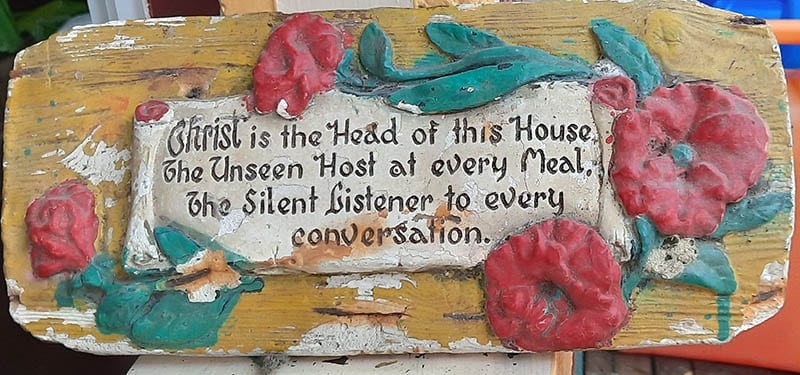
Sadly, there are no pictures saved. What were not lost had been ruined by the elements.
This haven of movie magic is now a ghost of its storied past. Its sandscape of soaring sand dunes survived tidal surges but did not escape being bulldozed flat by prospective developers. Even the pristine seashore now bears the ravages of nature and the mark of human neglect.
Pugaro earned the honor of being a pioneer film location. At a time when movies were spun within the confines of studios, Hollywood and local film productions threw comfort to the winds by cranking up fantasy in this far-flung barrio.
Without a doubt, this was a momentous chapter in Dagupan’s history. Pugaro proved that it’s worth more than a crown and is certainly not a place to hide.
But this movie world is gone. The witnesses to its glory have passed on, and those still living struggle with fading memory. Yet, when they strain to recapture those wondrous times, their faces glow with fond remembrance.
And their eyes tear up with stars.






